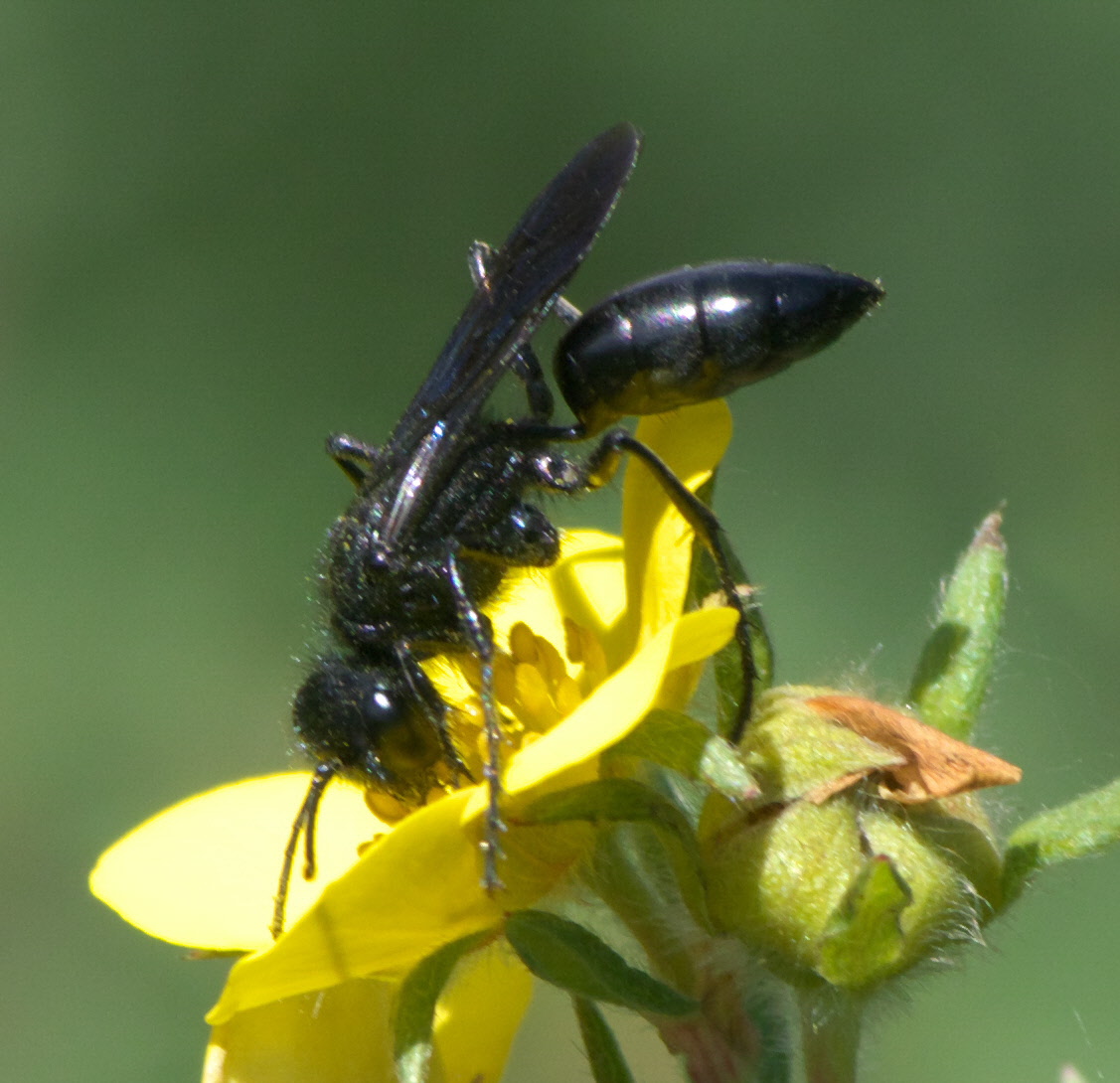|
Sphex Flavovestitus
''Sphex flavovestitus'' is a species of thread-waisted wasp in the family Sphecidae The Sphecidae are a Cosmopolitan distribution, cosmopolitan family of wasps of the suborder Apocrita that includes Ammophilinae, sand wasps, mud daubers, and other thread-waisted wasps. The name Sphecidae was formerly given to a much larger g .... Subspecies These two subspecies belong to the species ''Sphex flavovestitus'': * ''Sphex flavovestitus flavovestitus'' F. Smith, 1856 * ''Sphex flavovestitus saussurei'' (Fernald, 1906) References Sphecidae Articles created by Qbugbot Insects described in 1856 Taxa named by Frederick Smith (entomologist) {{apoidea-stub ... [...More Info...] [...Related Items...] OR: [Wikipedia] [Google] [Baidu] |
Monarda
''Monarda'' is a genus of flowering plants in the mint family, Lamiaceae.Harley, R. M., et al. 2004. "Labiatae". pp 167-275 In: Kubitzki, K. (editor) and J. W. Kadereit (volume editor). ''The Families and Genera of Vascular Plants'' volume VII. Springer-Verlag: Berlin; Heidelberg, Germany. The genus is endemic to North America. Common names include bergamot, bee balm, horsemint, and oswego tea, the first being inspired by the fragrance of the leaves, which is reminiscent of bergamot orange (''Citrus bergamia''). The genus was named for the Spanish botanist Nicolás Monardes, who wrote a book in 1574 describing plants of the New World. Description ''Monarda'' species include annual and perennial herbaceous plants. They grow erect to heights of . The slender, serrated, lanceolate leaves are oppositely arranged on the square stem, hairless or sparsely hairy, and about long. The flowers are tubular and bilaterally symmetric, with a narrow upper lip and a wider lower lip. Th ... [...More Info...] [...Related Items...] OR: [Wikipedia] [Google] [Baidu] |
Thread-waisted Wasp
The Sphecidae are a Cosmopolitan distribution, cosmopolitan family of wasps of the suborder Apocrita that includes Ammophilinae, sand wasps, mud daubers, and other thread-waisted wasps. The name Sphecidae was formerly given to a much larger grouping of wasps. This was found to be paraphyletic, so most of the old subfamilies have been moved to the Crabronidae. Biology The biology of the Sphecidae, even under the restricted definition, is still fairly diverse; some sceliphrines even display rudimentary forms of sociality, and some sphecines rear multiple larvae in a single large brood cell. Many nest in pre-existing cavities, or dig simple burrows in the soil, but some species construct free-standing nests of mud and even (in one genus) resin. All are predatory and parasitoidal, but the type of prey ranges from spiders to various dictyopterans, orthopteroids and larvae of either Lepidoptera or other Hymenoptera; the vast majority practice mass provisioning, providing all the pr ... [...More Info...] [...Related Items...] OR: [Wikipedia] [Google] [Baidu] |
Articles Created By Qbugbot
Article often refers to: * Article (grammar) In grammar, an article is any member of a class of dedicated words that are used with noun phrases to mark the identifiability of the referents of the noun phrases. The category of articles constitutes a part of speech. In English language, Engl ..., a grammatical element used to indicate definiteness or indefiniteness * Article (publishing), a piece of nonfictional prose that is an independent part of a publication Article(s) may also refer to: Government and law * Elements of treaties of the European Union * Articles of association, the regulations governing a company, used in India, the UK and other countries; called articles of incorporation in the US * Articles of clerkship, the contract accepted to become an articled clerk * Articles of Confederation, the predecessor to the current United States Constitution * Article of impeachment, a formal document and charge used for impeachment in the United States * Article of m ... [...More Info...] [...Related Items...] OR: [Wikipedia] [Google] [Baidu] |
Insects Described In 1856
Insects (from Latin ') are hexapod invertebrates of the class Insecta. They are the largest group within the arthropod phylum. Insects have a chitinous exoskeleton, a three-part body (head, thorax and abdomen), three pairs of jointed legs, compound eyes, and a pair of antennae. Insects are the most diverse group of animals, with more than a million described species; they represent more than half of all animal species. The insect nervous system consists of a brain and a ventral nerve cord. Most insects reproduce by laying eggs. Insects breathe air through a system of paired openings along their sides, connected to small tubes that take air directly to the tissues. The blood therefore does not carry oxygen; it is only partly contained in vessels, and some circulates in an open hemocoel. Insect vision is mainly through their compound eyes, with additional small ocelli. Many insects can hear, using tympanal organs, which may be on the legs or other parts of the body. Th ... [...More Info...] [...Related Items...] OR: [Wikipedia] [Google] [Baidu] |


